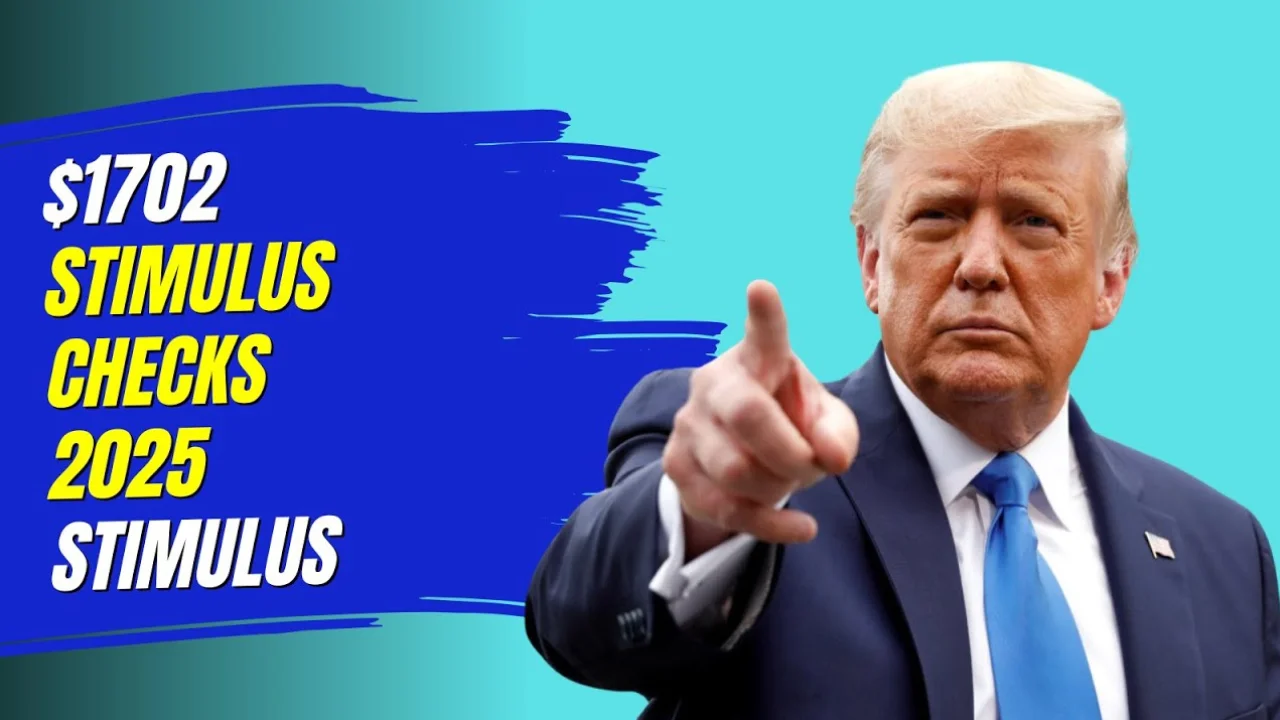Could your rare $5 note Could your rare $5 bill be worth $4.5 million? The idea that a simple piece of paper—one that slips through wallets, cash registers and coat pockets without anyone noticing—could hide something so valuable is extremely intriguing. That’s what happened with a rare $5 bill whose radar serial number, specifically 31000, is attracting many collectors. In fact, some currency experts say the note could be worth as much as $4.5 million.
Yes, you read that right. A five dollar bill. Worth millions. Could your rare $5 note
So, how can you tell if your ordinary five dollar bill is one of these exceptionally rare items? The answer lies in a unique serial number, immaculate condition, and an incredibly rare printing pattern that very few people in the world have ever seen.
Let’s take a closer look—and help you figure out if you’re unknowingly sitting on a multimillion-dollar treasure.
What is a radar serial number? Could your rare $5 note
First, let’s understand the term. A radar serial number is one that looks the same from the front and back—like a mirror image. Think of it like a numerical palindrome.
Here are some simple examples:
Radar notes are valued by collectors because of their uniformity and rarity. Most notes have randomly assigned serial numbers printed on them. A radar number, especially one with a low number or a repeated pattern, is already rare. Combine that with excellent condition and a unique pattern, and you have the recipe for something truly valuable.
The “31000” serial number is particularly rare. Although it is only five digits long, it is part of a larger eight-digit serial number imprinted on the bill—which appears as 00031000—making it an ideal radar. Its small number and mirror-reflective properties make it stand out from normal radar notes.
The Five Dollar Note That Shocked the Collecting World
This particular radar note is so famous because a five dollar note from the 2009 series, with the serial number 00031000, surfaced in 2024 and was certified as a radar note in perfect condition. It was given a Gem Uncirculated 68 EPQ grade by PMG (Paper Money Guaranty), one of the highest grades possible.
When it was quietly offered at a private auction, the bidding was fierce. Collectors knew what they were looking at: a unique note that had been passed down from generation to generation.
The final bid? A staggering $4.5 million.
Yes—for a five-dollar note.
It shattered previous records and soon became one of the most expensive small-denomination notes ever sold.
Why so valuable?
There are several factors that influence its historical value:
Perfect Radar Serial Number (00031000) – Not only is it a radar, it also has a zero imprinted on it, making it rare and highly sought after.
Low Value Notes – High-value flawed or rare notes in small denominations are particularly attractive, as they often slip into circulation without anyone noticing.
Perfect Condition – Grade 68 EPQ, which means it’s brand new, uncirculated and exceptional in every way.
Historical and Collector Demand – As the demand for rare U.S. currency continues to grow, prices for excellent currency are skyrocketing.
How to check your $5 notes
If you’re now eager to check every $5 note you own (and you should!), here’s how:
Step 1: Check the serial number
Look for the radar pattern: The number should be the same on both the front and back.
Look for small numbers with symmetry or numbers that repeat specifically (e.g. 00031000, 1234321, 7880887).
Step 2: Check the series year
Most radar notes of interest to collectors come from recent series: 2006, 2009, 2013, 2017A.
Step 3: Check the condition
Notes without creases, wear and tear and jagged edges are far more valuable.
A radar note in poor condition might not even fetch much money – but in good condition? It could make a big difference.
Step 4: Verify with collectors
If you think you’ve found something, ask forums or collectors for advice.
Get it authenticated with a PMG or PCGS banknote.
What to do if you find one
Don’t spend it – it’s not just five dollars anymore.
Handle it with care – use gloves or a currency sleeve to avoid scratches or damage.
Get it authenticated – a grading service can verify and evaluate it.
Contact an auction house – reputable auction houses like Heritage Auctions or Stack’s Bowers can help you sell it safely.
Frequently Asked Questions
Q: Are Radar serial numbers always worth money?
Answer: Not always. Ordinary Radar notes may be worth a little more (say $10-$50), but notes with rare patterns, low numbers and good condition are more valuable.
Q: How common are Radar $5 notes?
Answer: Extremely rare – especially ones with unique patterns like 00031000.
Q: Can I find Radar notes in circulation?
Answer: Yes. Many people have found these notes in their loose change when withdrawing money from a cash register or ATM.
Q: Should I collect other unique serial numbers as well?
A: Absolutely. Notes with “ladder” (12345678), repeater (78787878), and solid (99999999) denominations are also valuable to collectors.
Final Thoughts: Think Before You Spend
In the age of digital wallets and tap-to-pay apps, we’re using physical currency less and less. But stories like the $5 radar note, which sold for $4.5 million, remind us that paper currency still holds incredible secrets—and, sometimes, incredible value.
Before handing over a $5 bill at the coffee shop, think twice. Because your wallet might hold America’s rarest $5 bill—and a ticket to life-changing luck.
